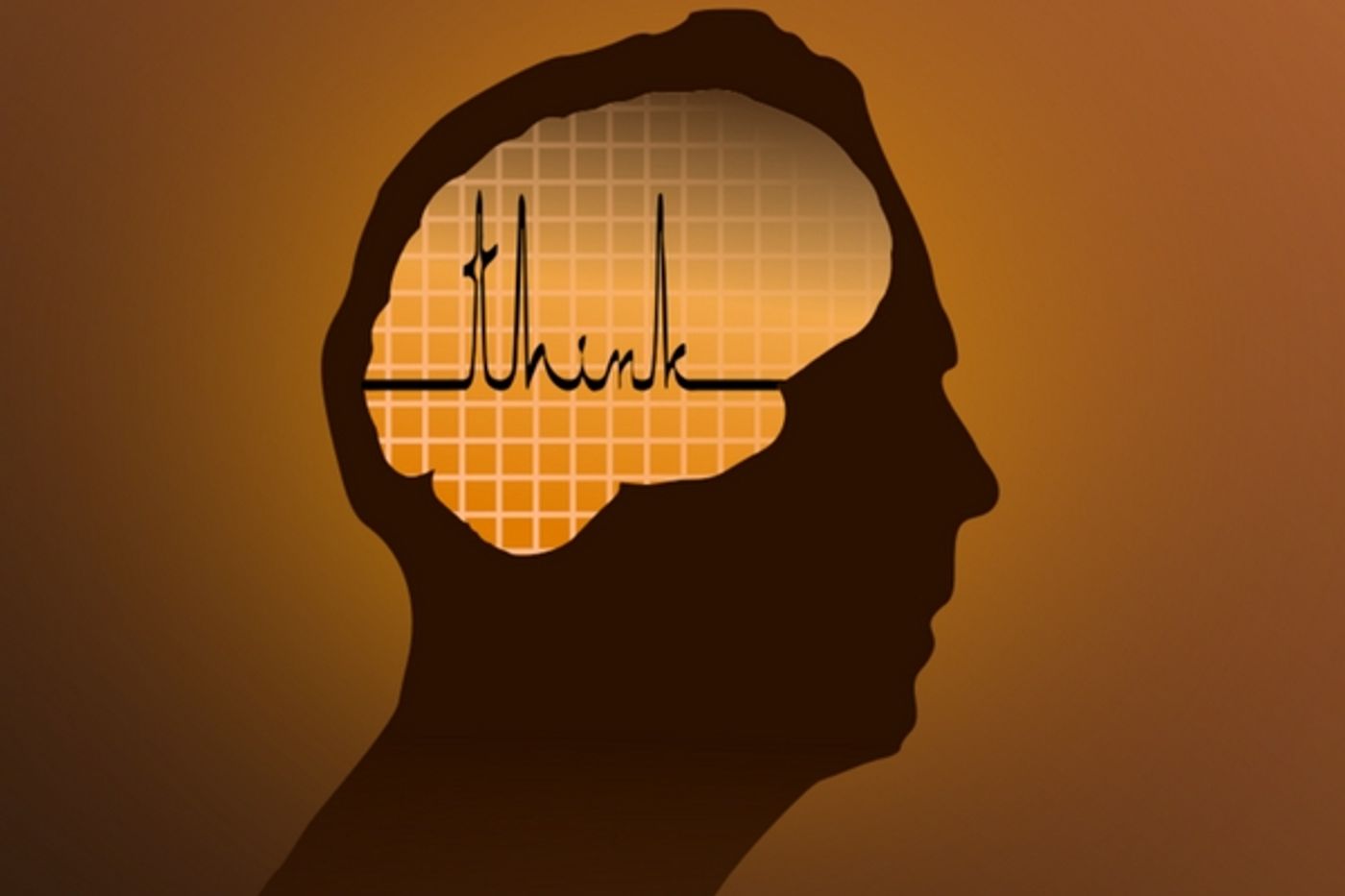The brain is a marvelous organ that can do some pretty amazing things. Just running the body and processing all the input from the five senses would be enough, but now new research shows that the brain might actually be able to tune itself to alleviate pain. As it happens there are different frequencies in brainwave output. Scientists at The University of Manchester have, for the first time, produced research that shows how brain frequencies can be manipulated to relieve certain kinds of pain.

In the United Kingdom, chronic pain, which doctors define as pain that lasts for more than six months, affects approximately 20-50% of people. 20% of initial consultations with health care providers are for chronic pain. It’s especially problematic in the elderly. Research into that population in the UK shows that a whopping 62% of patients over the age of 75 report suffering from chronic pain. Treatments are not always effective or safe, and the concern about addiction to opiates means that many times, there just isn’t a good way to relieve this kind of pain.
So what does this have to do with brainwaves? The communication between nerve cells in the brain is electrical. Information passes back and forth through the neurons at different frequencies, depending on what’s going on. Alpha waves are of particular importance in pain signaling. When these waves come at about 9-12 cycles per second that indicates that the brain is involved in trying to control pain.
Researchers at the Human Pain Research Group at The University of Manchester found that when people react to the placebo effect of pain relief, alpha waves at this frequency were especially active. They show up in the front part of the head, in the forebrain and might be a part of how the brain, as a whole, processes pain. Researchers wanted to know if this alpha wave activity could be specifically set to help patients who suffer from chronic pain. Can the brain be “tuned” to express these kind of waves and if so, will that reduce pain?
Dr. Kathy Ecsy and her colleagues in The University of Manchester’s Human Pain Research Group set out to try to tune these waves using some brave study volunteers. Each participant was exposed to a quick burst of pain from a hot laser that was flashed on the skin on the back of the arm. Wearing goggles that would flash light at the same range as alpha waves and ear buds that provided sound at the same frequency, it was shown that the pain from the lasers was significantly reduced.
Professor Anthony Jones, a co-author of the paper produced from the study, said the research could potentially create new ways to treat pain. He said, “This is very exciting because it provides a potentially new, simple and safe therapy that can now be trialled in patients. At recent public engagements events we have had a lot of enthusiasm from patients for this kind of neuro-therapeutic approach.” Check out the following video, to learn more about this new research on chronic pain.
Sources:
University of Manchester,
European Journal of Pain,
Neuroscience News









